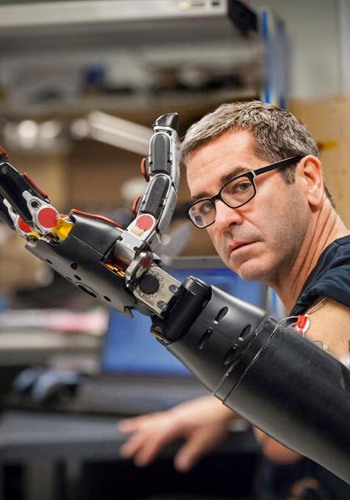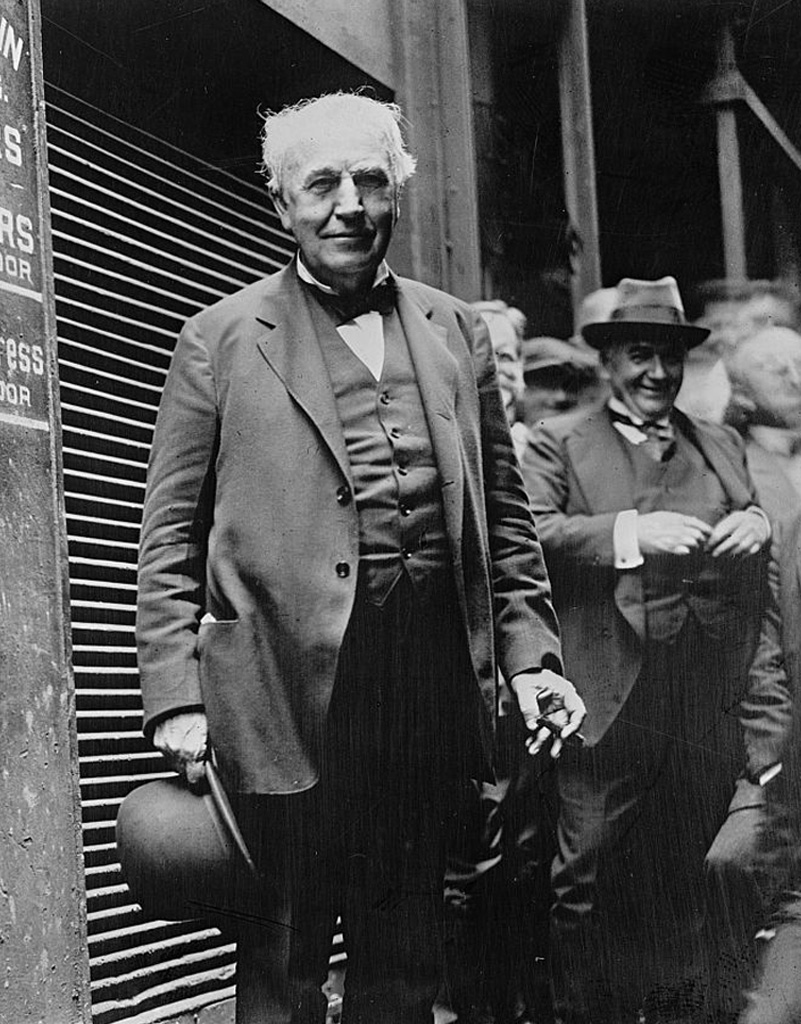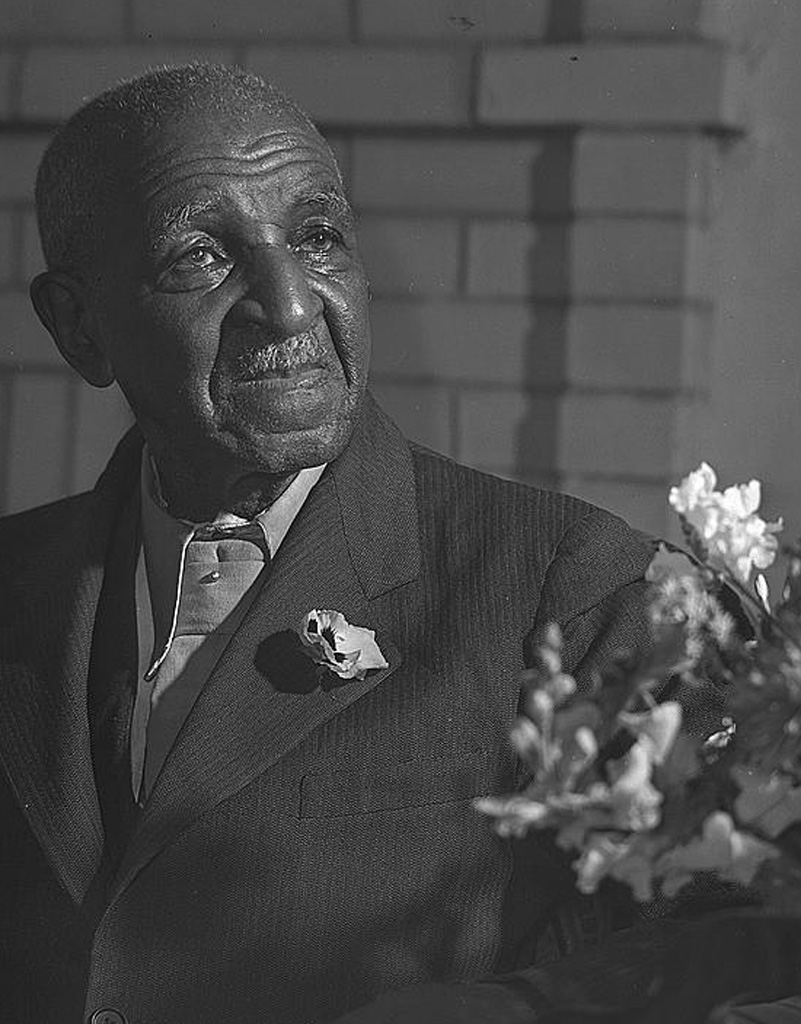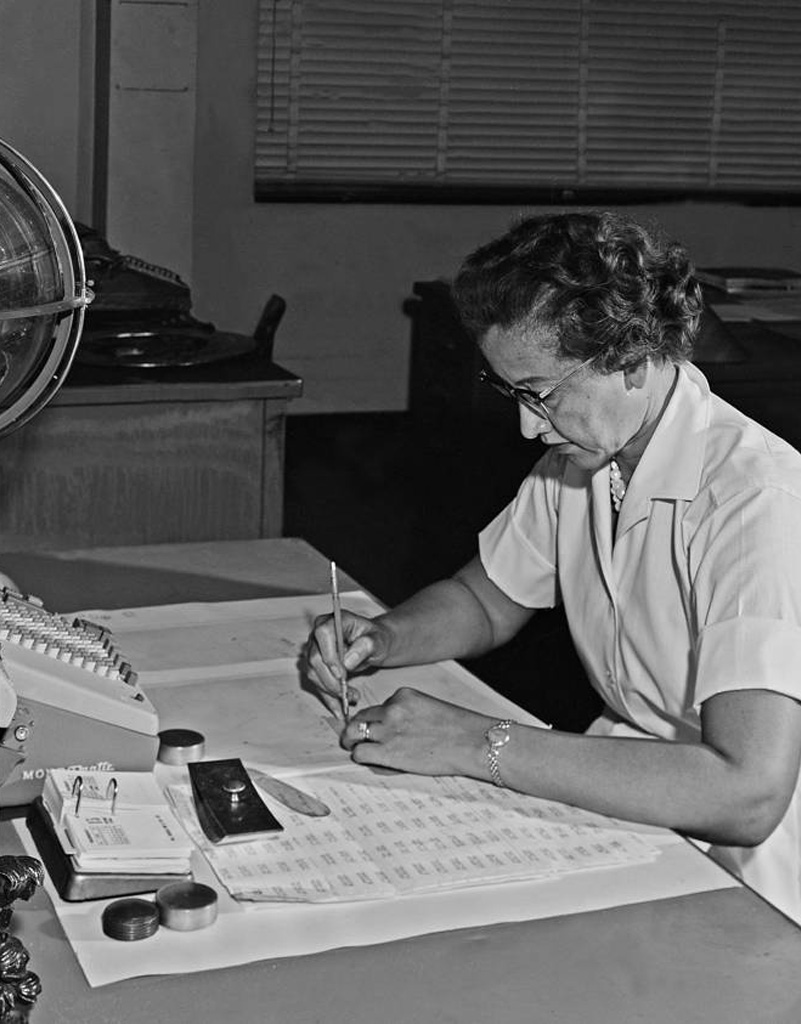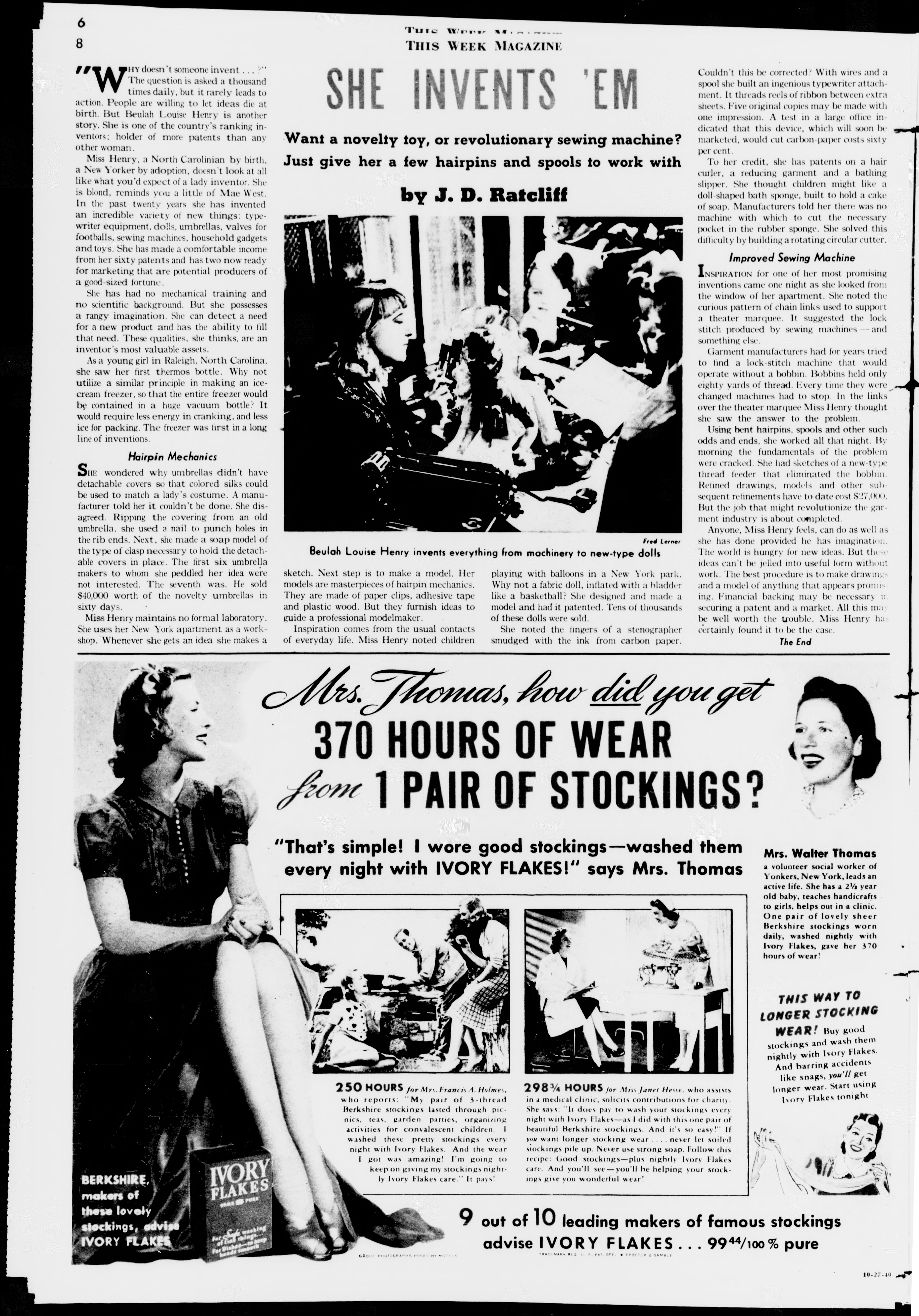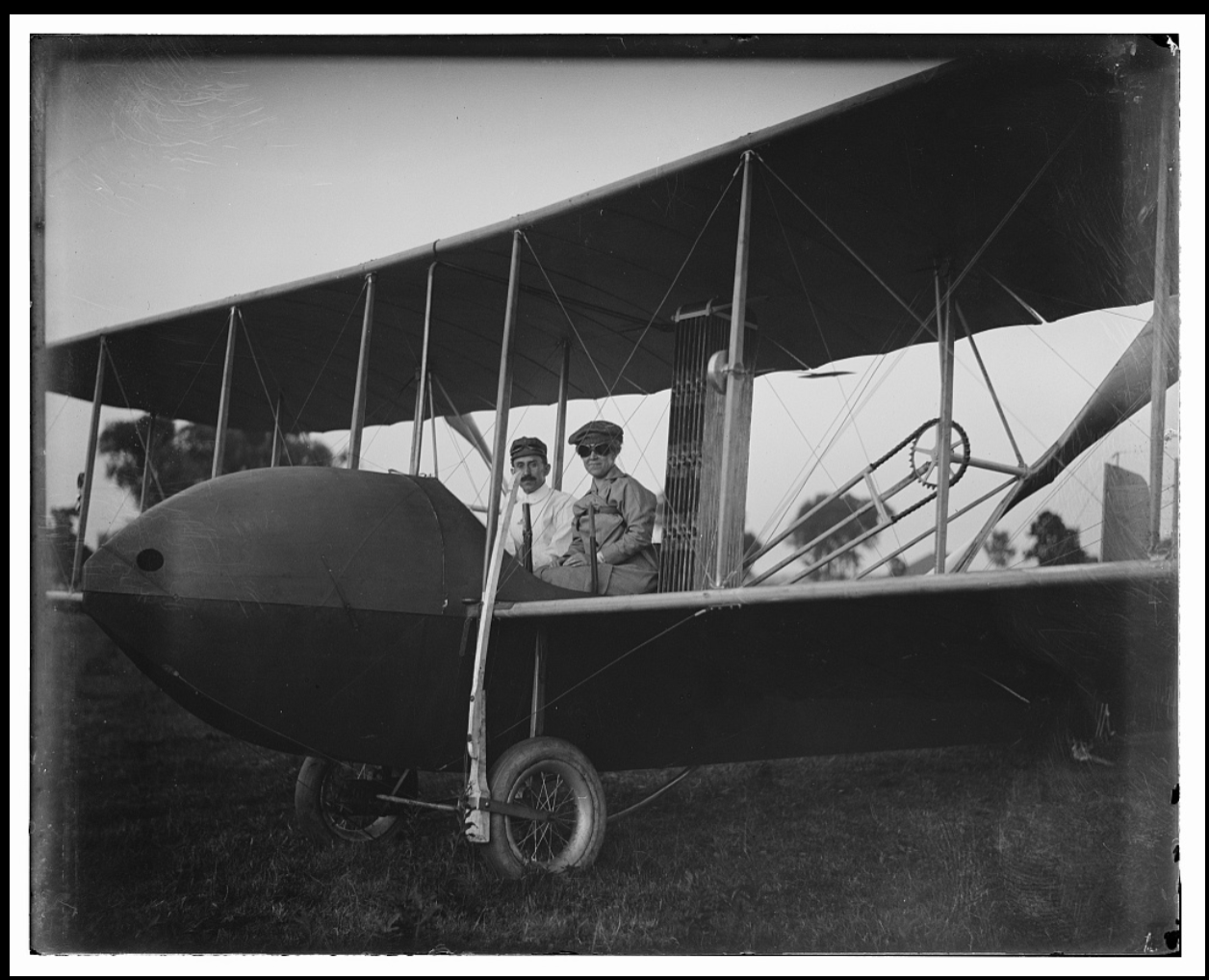
Katharine Wright, who collaborated behind the scenes to help bring to fruition her famous brothers’ invention, aboard the Wright Model HS airplane with brother Orville, 1915. Library of Congress
By examining the ways science journalism informed the public about the benefits and harms of scientific advancement, we can see that science and science journalism progressed and expanded to include more women and people of color. But more inclusion didn’t result in equal opportunities or access to the benefits of scientific advances.
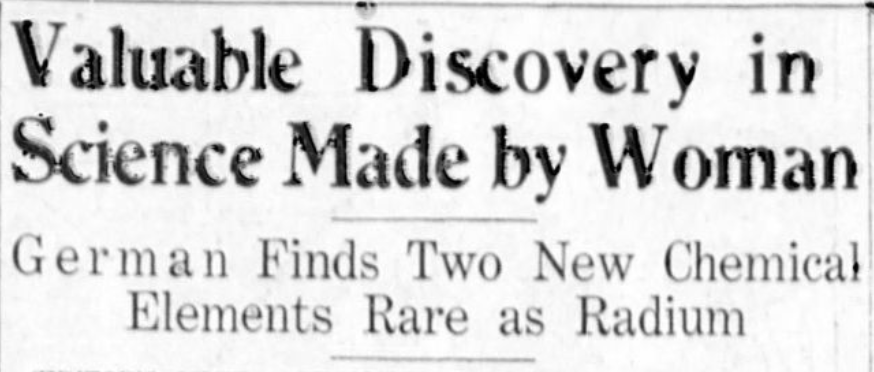
Caption in The Seattle star, June 23, 1925 Library of Congress
Some scientists such as Thomas Edison and the Wright brothers were held up as examples of what can be achieved through talent and hard work. Thomas Edison used the media to his advantage in order to sell his inventions. Editors were happy to play along since Edison’s name brought in huge profits and record sales. But inventions rarely occur in isolation. Edison’s inventions (phonograph, motion pictures, electric power) involved a team of brilliant inventors working round the clock. However, prior to the 21st century, it was rare to see coverage of discoveries and innovations in science made by women, people of color, and individuals of the LGBTQ community.
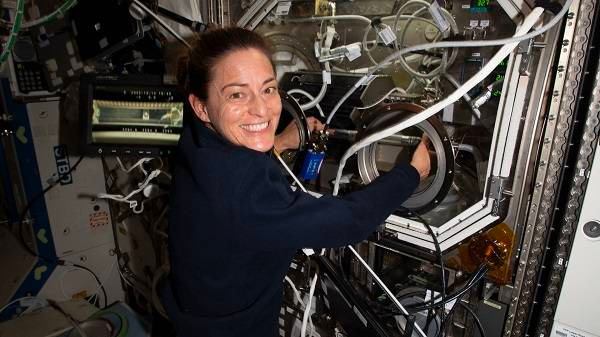
Astronaut Nicole Mann, the first American Indian woman in space, is registered with the Wailacki of the Round Valley Indian Tribes. Photo courtesy of NASA
As journalism transitioned to the 21st century, there was both a recognition that the stories of women and people of color had been largely left out, as well as a noticeable effort by some in the industry to include them.
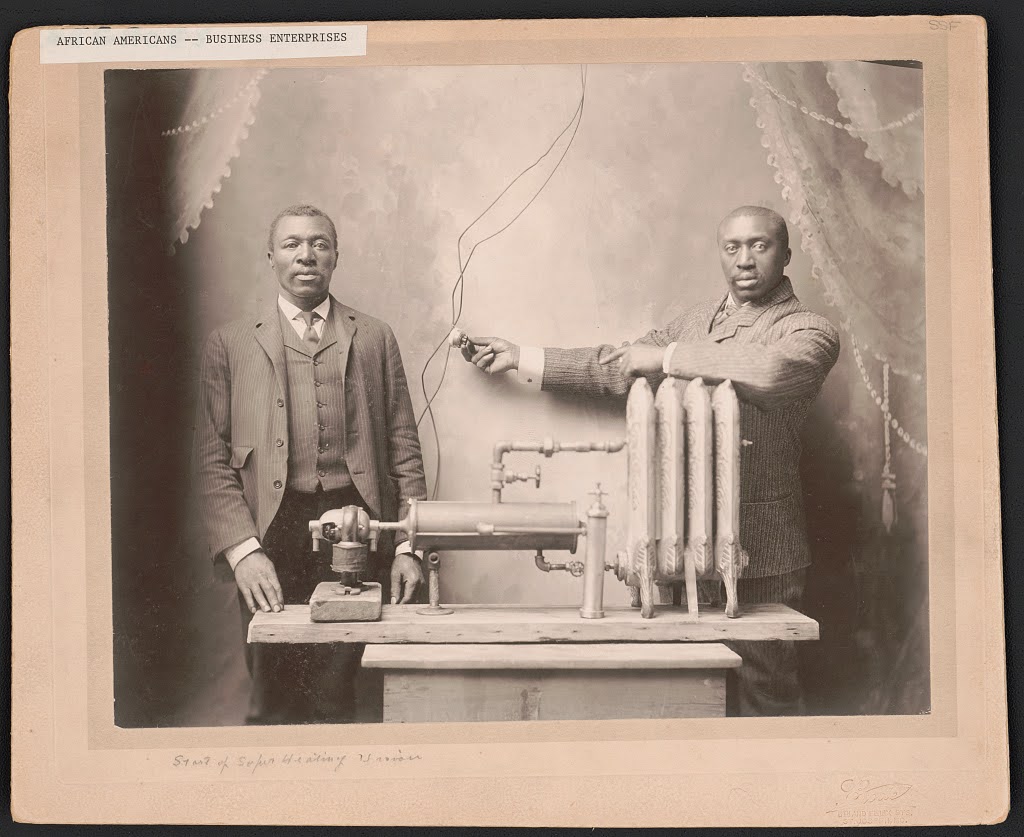
Photograph shows African American inventor Charles S.L. Baker and another man, possibly Baker's brother Peter, standing behind heating (radiator) system. 1906. Library of Congress.
Although News media outlets today are doing a much better job at broadcasting stories about scientific achievements and inequities in coverage of women of color such as Chien-Shiung Wu, the "First Lady of Physics," more work is necessary.
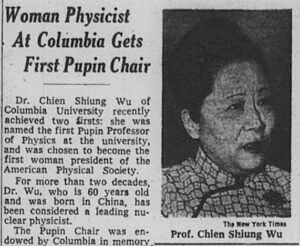
“Woman Physicist At Columbia Gets First Pupin Chair,” New York Times, May 6, 1973. Library of Congress
Looking through another lens, science has brought significant discoveries but, at times, it has also brought unintended and often detrimental consequences. During World War II, after successfully creating the first nuclear explosion (atom bomb) in New Mexico, scientist Robert Oppenheimer himself recognized the deadly consequences of this new warfare potential after he and his team successfully released the energy from nuclear fission (split the atom), and created the atomic bomb.
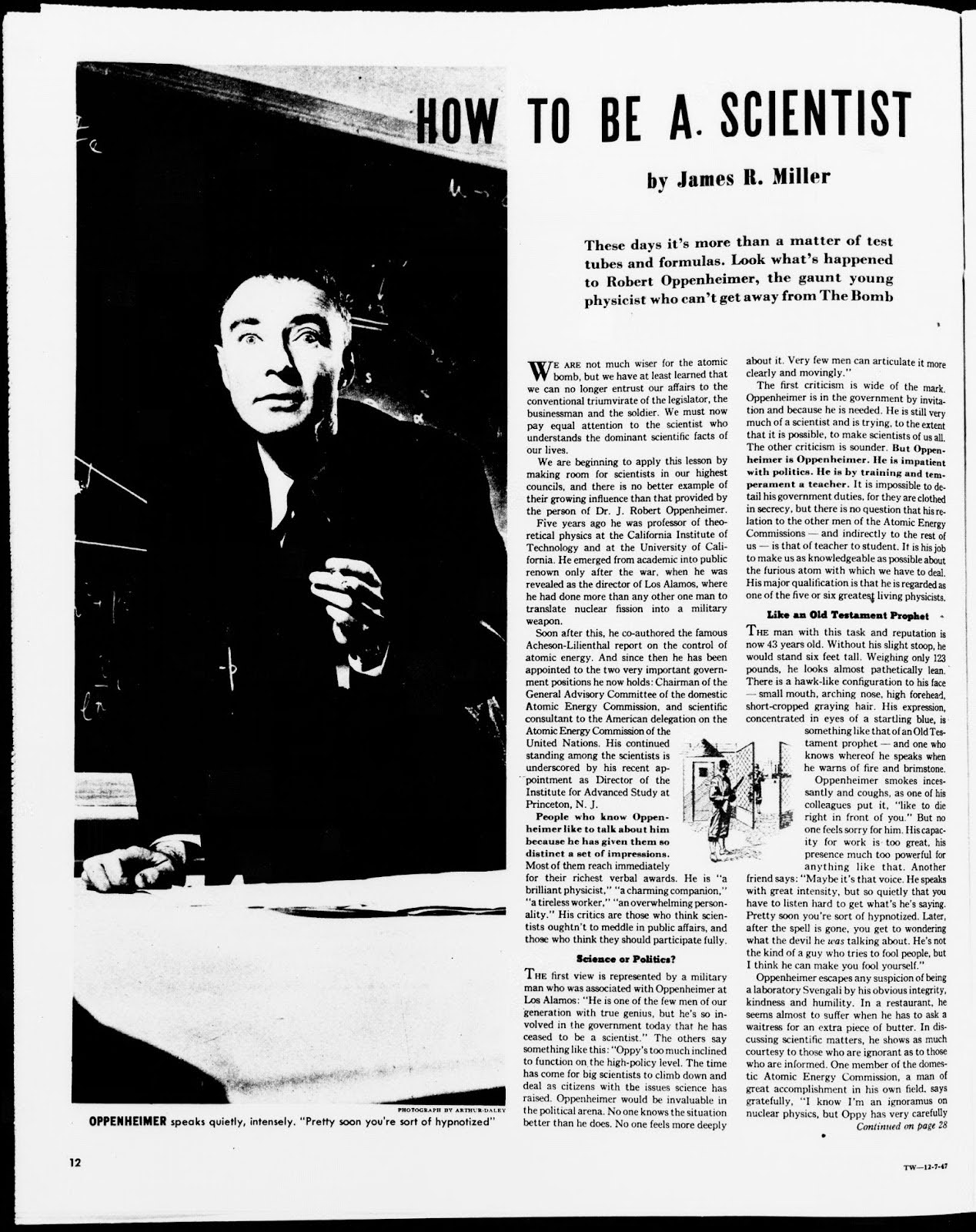
Nuclear scientist Robert Oppenheimer featured in “How to Be a Scientist,” Evening Star, Dec. 7, 1947. Library of Congress
The press has sometimes served to inform the public about these consequences, and the problems that have resulted from them. Many current news media outlets reported regularly about biases in health care most recently exposing the substandard healthcare and subsequent health outcomes for people of color during the coronavirus pandemic.
News reporting on industry’s impact on climate and the environment seized public attention in the 1960s. The negative impact of industrialization on how food is made and what’s in it and the environment influenced public opinion worldwide.
In recent years, young people across the globe engaged in protests demanding their governments create policies to deal with climate change. News media reports covered local citizens helping to raise awareness and demand change. Youth activists like Greta Thunberg, who fight climate change on the world stage have helped to catalyze change in public policy.
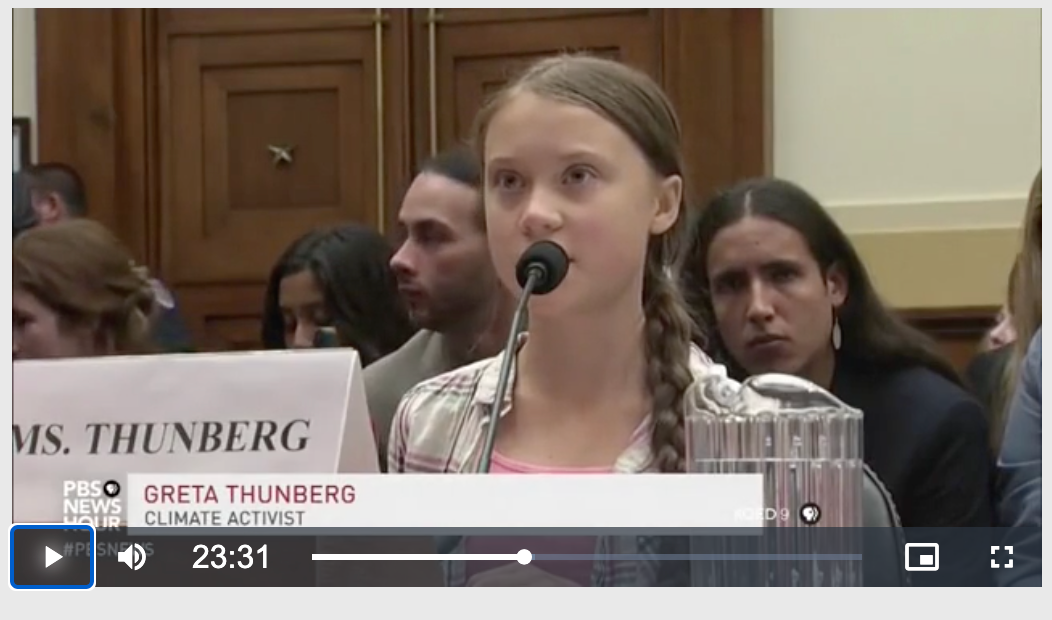
Youth climate activist Great Thunberg testifies at pubic hearing. Permission has been granted for educational purposes only, courtesy of WETA/PBS NewsHour Productions via American Archive (WGBH and Library of Congress)
New forms of journalism such as websites, podcasts, and video have helped to increase public access and awareness around science. For example, the details of Project Chariot, a US government project in the 1950s in which theoretical physicist Edward Heller planned to detonate a series of nuclear bombs on the northwest coast of Alaska came to light in the media years later.
Although opposition by the Inuit (Alaska Natives) and environmentalists halted the project, the site was nonetheless contaminated with radioactivity, resulting in serious and often fatal effects on the people there. Fairbanks author Dan O’Neill tells this story in his book The Firecracker Boys.
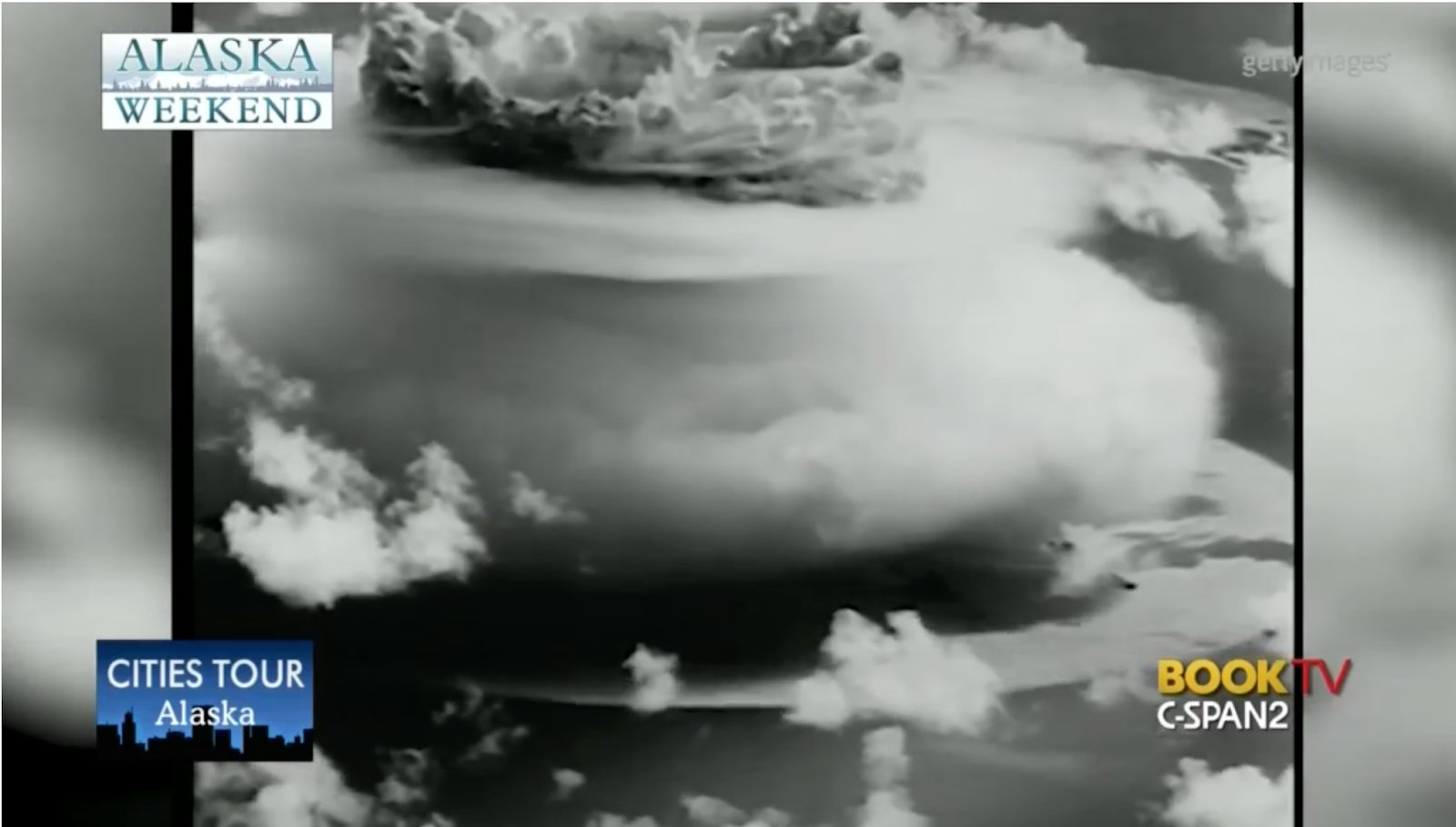
From C-SPAN2 Book TV interview with author Dan O’Neill about his book The Firecracker Boys. Image courtesy of C-SPAN for educational purposes only.
Discuss the following questions:
- Do journalists have a responsibility to report on science? Why or why not?
- In what ways did gender identity, race, and sexual orientation play a role in the professional careers of scientists? In what ways did gender identity, race, and sexual orientation of scientists play a role in the journalistic reporting about their scientific achievements?
- How have journalists covered science and scientists in a way that has changed society?
